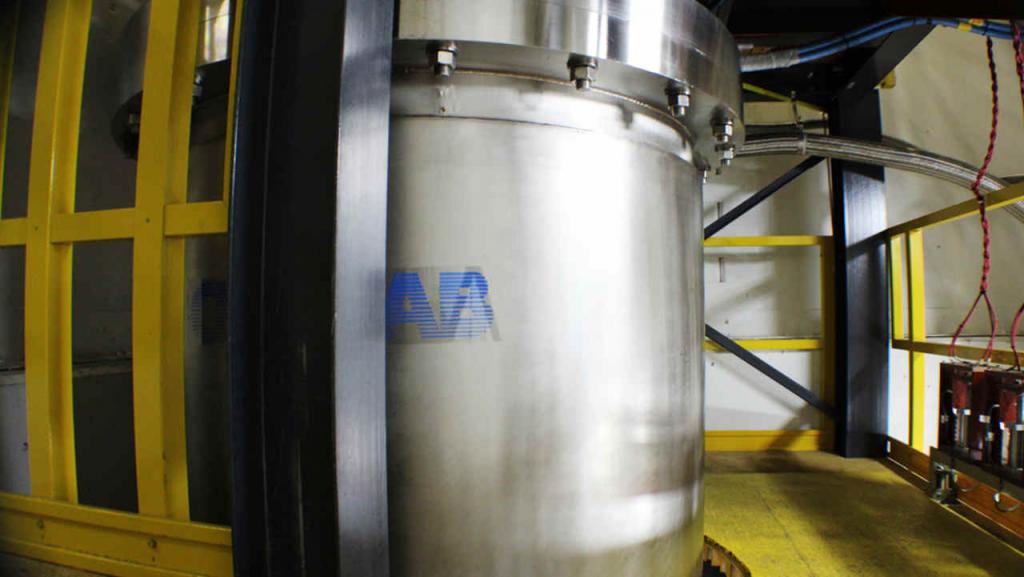
Cuprates are a type of high critical temperature superconductors (HTS). This means that electrons can flow through them without losing energy at temperatures that are higher to those of conventional superconductors
Researchers from the Universidad de los Andes and the Universidad Central, together with researchers from the National High Magnetic Field Laboratory in the United States as well as other international institutions have discovered a new behavior of the materials known as “cuprate superconductors” in a strange metal phase.
The discovery suggests that electric current flows through these metals in a completely different way to normal metals such as copper, which is why they are known as strange metals.
The researchers published their results last week in Science magazine.
Also known as copper oxides, the cuprates are a type of high critical temperature superconductors (HTS), which means electricity can flow through them without losing energy at temperatures that are higher to those of conventional superconductors (low critical temperature superconductors).
Although the scientific community understands the behavior of the latter, it has not yet deciphered the mysteries of HTS. In fact, the way in which electrons travel through these materials is one of the greatest questions in this field of study.
Researchers, including Paula Giraldo Gallo from the Universidad de los Andes and Jose Augusto Galvis from the Universidad Central, focused studying the ‘normal’ state of the cuprate Lanthanum Strontium Copper Oxide (LSCO) at temperatures higher than the temperature of a superconductor. This normal state is known as a strange metal as the electrons do not flow conventionally.
Scientists have studied metals for over a century, and they agree on the way that the electrons travel through them. The units that transport the charge in metals are known as ‘quasiparticles’; they behave like electrons after having interacted with their surroundings but act independently.
However, can these quasiparticles explain how cuprates conduct electricity? The Colombian professors and their teams tried to answer this question in the National High Magnetic Field Laboratory in Los Alamos, New Mexico, USA.
To do this, they subjected LSCO to high magnetic fields of up to 80T (for the sake of comparison, an MRI machine in a hospital has a 3T magnetic field). They ran a current through a sample of this material and measured its electrical resistance.
The data revealed that the current in this material, in its normal state, cannot flow through the quasiparticles as it would in copper or doped silicon. The normal state of these cuprates is anything but normal. But if the quasiparticles do not carry the electrical current, what does?
Professors Giraldo Gallo and Galvis stated that, “We would love to be able to answer that question. We think that it is some kind of collective state of electrons, but further research, both theoretical and experimental, is needed to be able to provide a concrete answer.”
In particular, the team of researchers found that the electric resistance of this material varies linearly with the magnetic field for all field scales. This dependence, which is completely different from what is expected from a conventional metal, is also analogue to the (already known) linear dependence of temperature resistance for all the temperature scales.
This variation of electrical resistance with different scales of energy (thermal and magnetic) indicates that this strange metal has a new property: scale invariance, which implies total independence from electronic dispersion to the material’s intrinsic parameters. This is impossible for conventional quasiparticles.
This discovery suggests that electrons cooperate with each other while they move through material even when they are not in the superconducting state.
The researchers say that, “This behavior in a normal material’s state could be directly related to the reason for high critical temperature superconductivity, and understanding this requires a complete change in the way in which we have been carrying out research for decades.”
For more information, this is the link to professors Giraldo Gallo, Galvis, and their team’s publication.
Share


